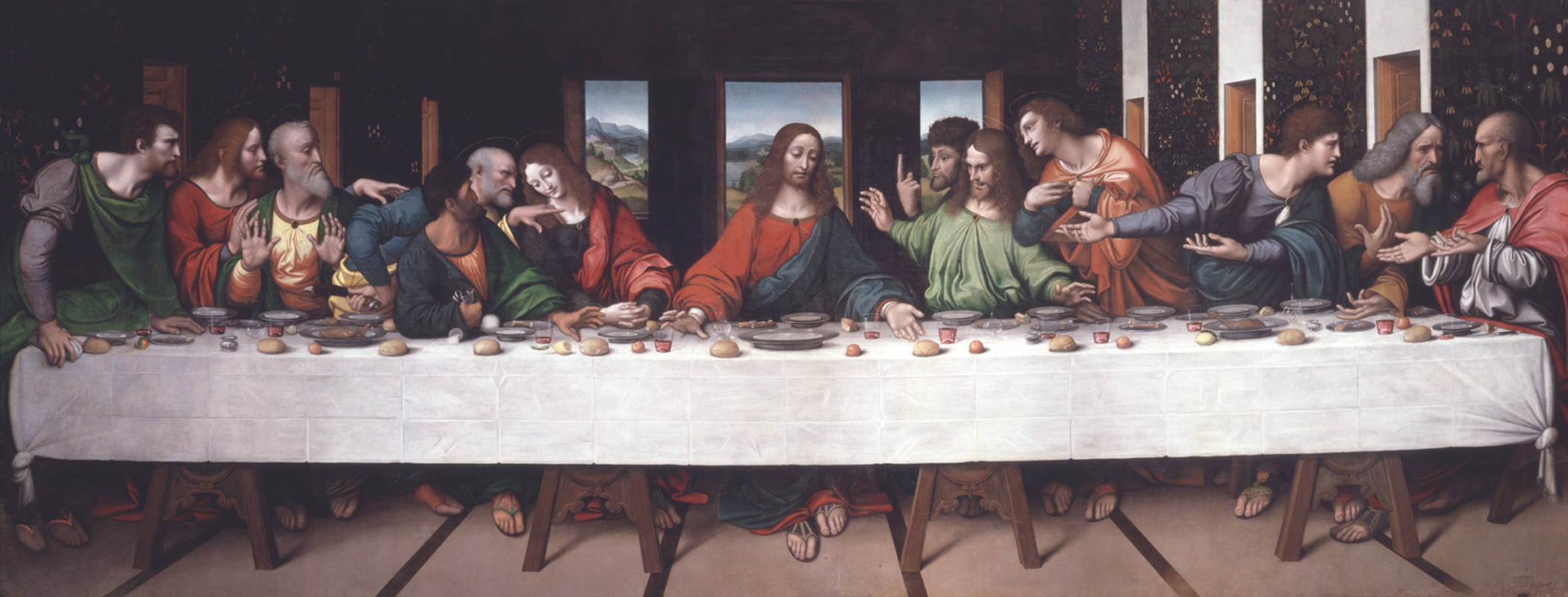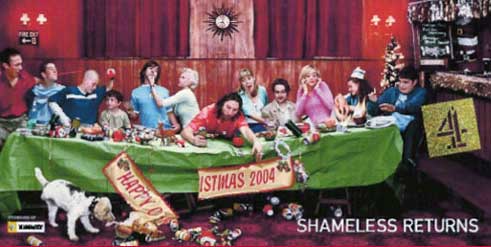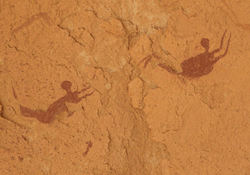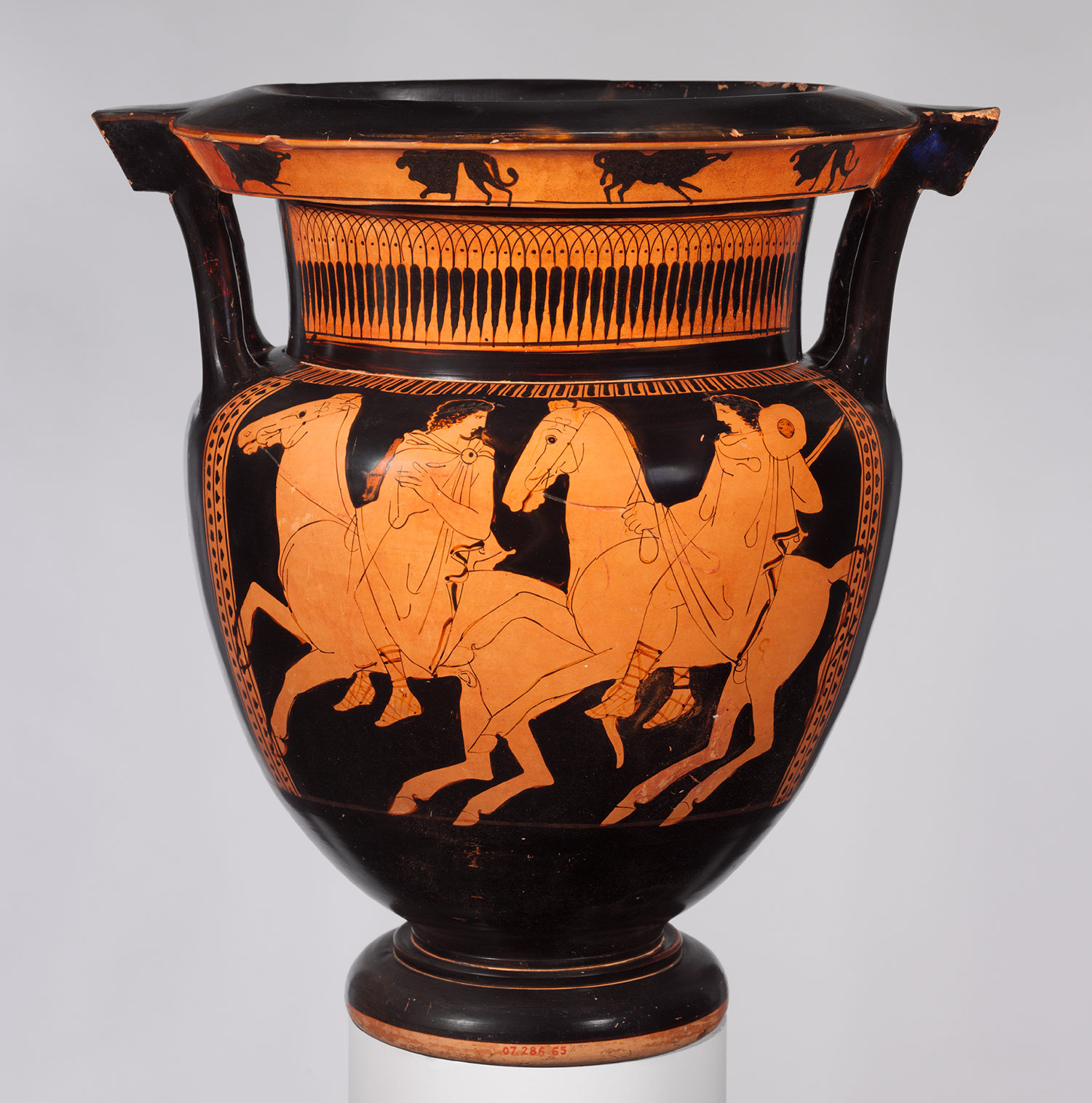An example of this gender specific design would be in Gillette razors. Men's Gillette razors are often shaped in a way that has connotations of power and technological qualities. The name "Gillette Fusion" has a strong, powerful feel to it.

Women's razors are generally more about elegance and beauty. Gillette Venus is a more elegant name; Venus has links to the Roman goddess of love.
Yorkie chocolate bars used to focus on male consumers, and had a slogan: "It's not for girls". The bold text and chunky nature of the chocolate made it seem more masculine.

Snickers also did a similar thing which appealed to men; their motto was: "Snickers, get some nuts!". Mr T from The A Team is used in their TV advertising. He is considered a manly character and having him represent their product is a way for Snickers to aim at male customers. This advertising pitch to men may possibly make women want to buy the product too by feeling left out.
Some artwork is also aimed at a certain gender audience.
Ernie Barnes created some paintings about American football which have a very masculine, competitive tone. The hectic and brutal composition and concept of men fighting and the sporty subject definitely appeals more to male viewers.

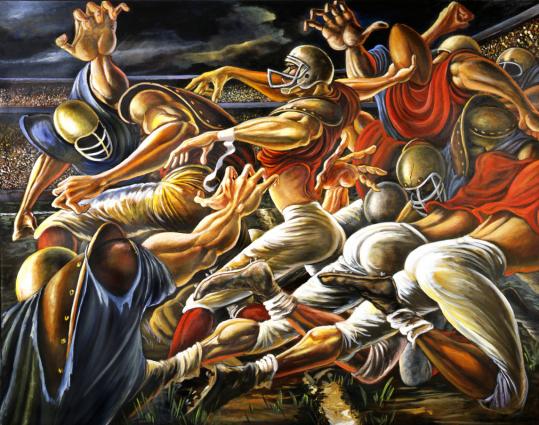
C.M. Coolidge's Painting of dogs playing poker is a painting which men would find more interesting. The game of poker has mainly been a man's game throughout history and the drinks and cigars are mainly associated with male leisures.

Second World War propaganda aimed at women was motivational and attempted to get women performing more masculine roles in factories. The woman in the poster has a manly appearance with the way she is posed and the shirt she is wearing, but keeps a feminine aspect with the polka dot bandana.

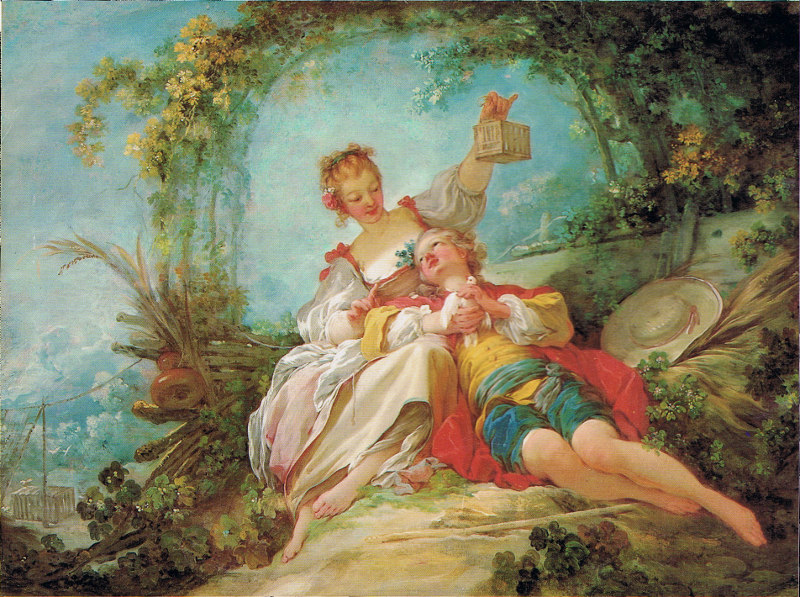
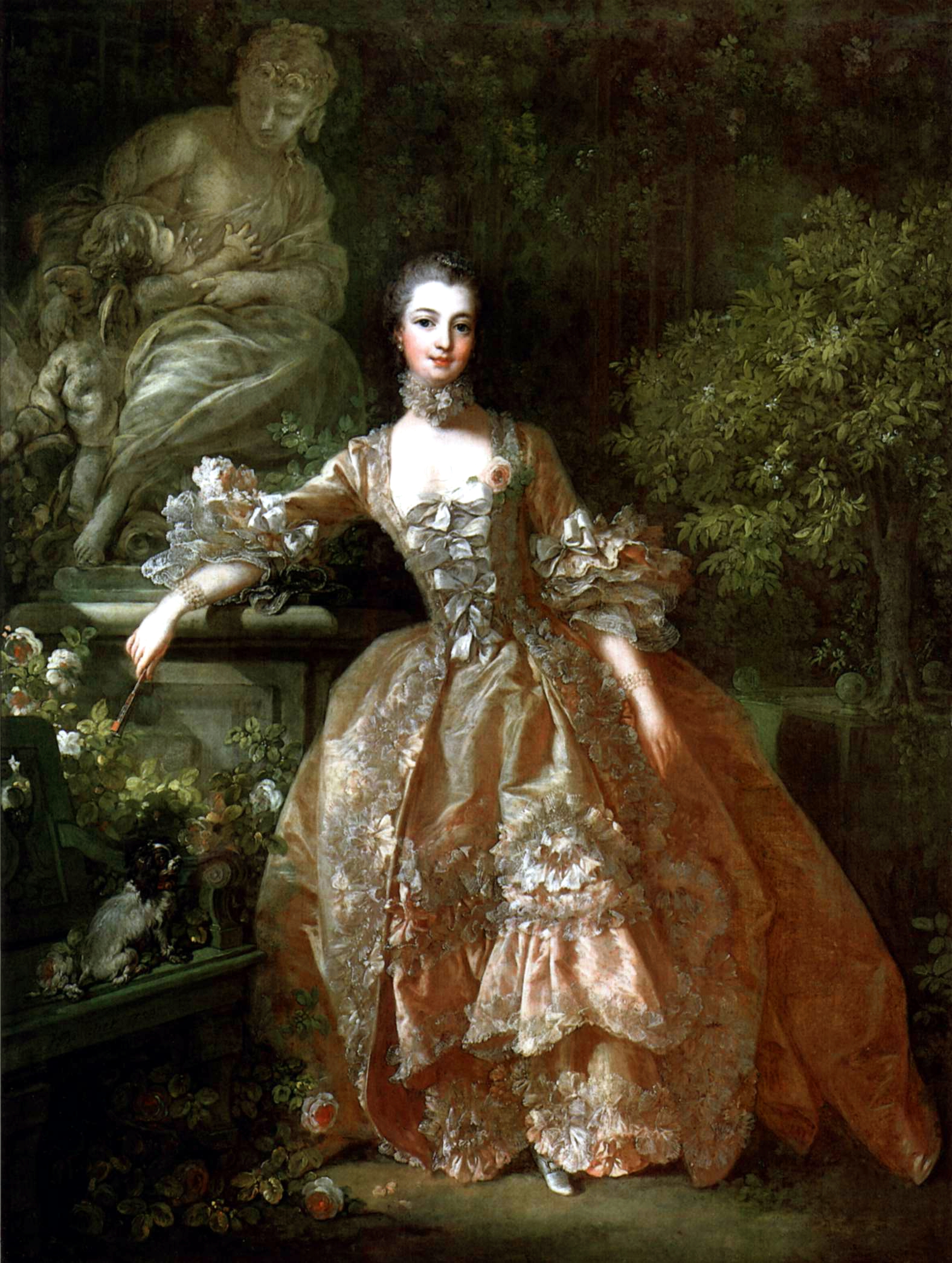

.jpg)



.jpg)
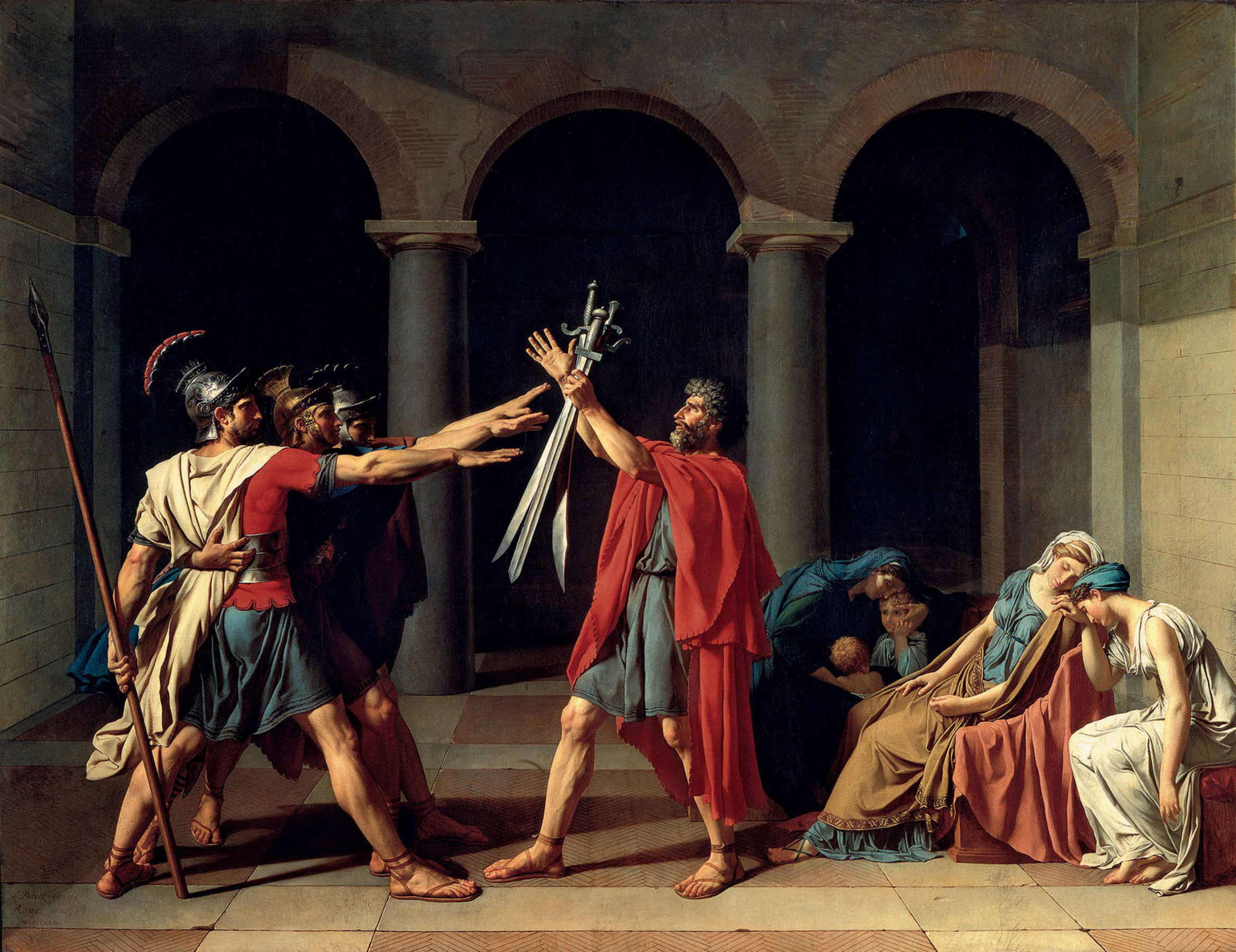
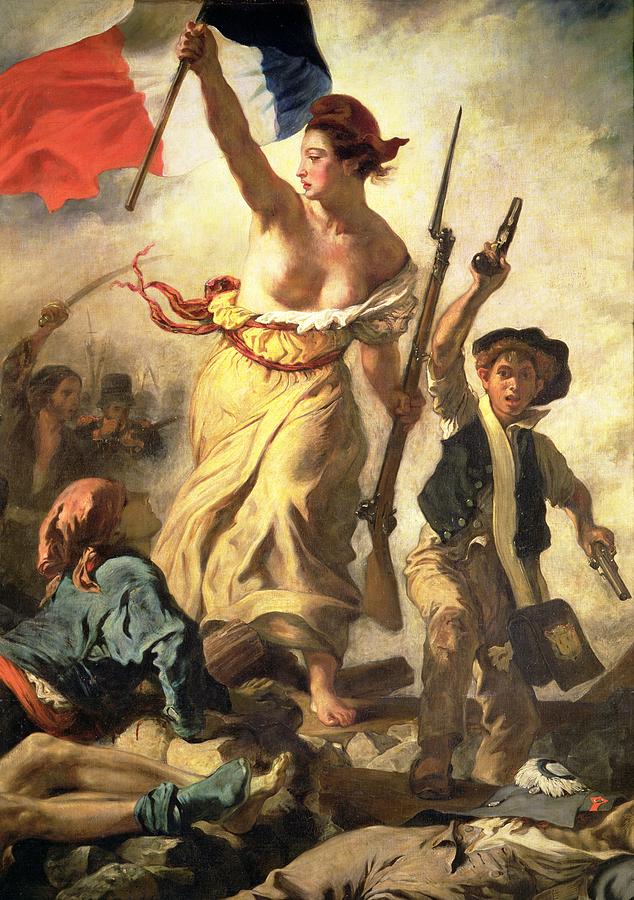





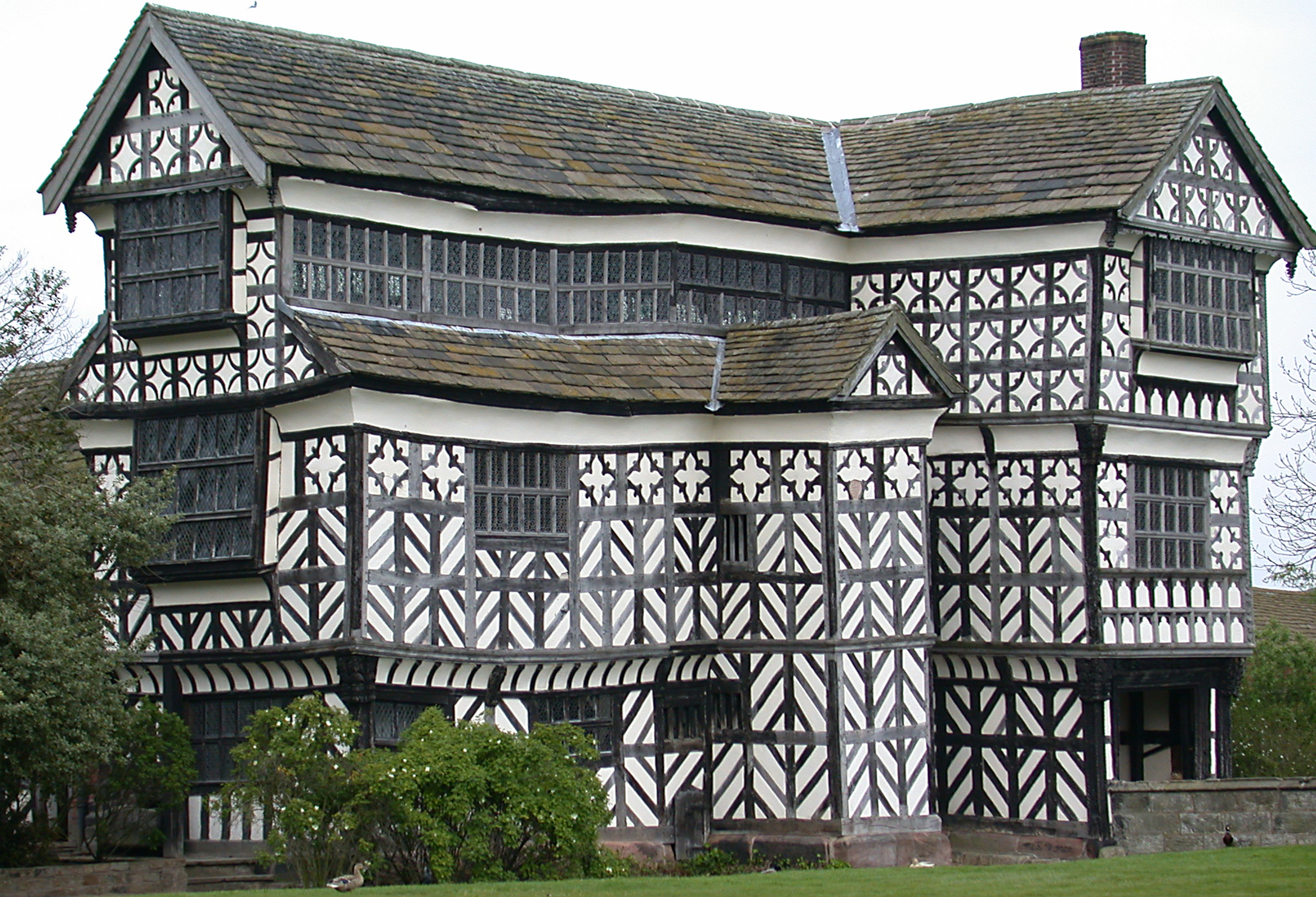
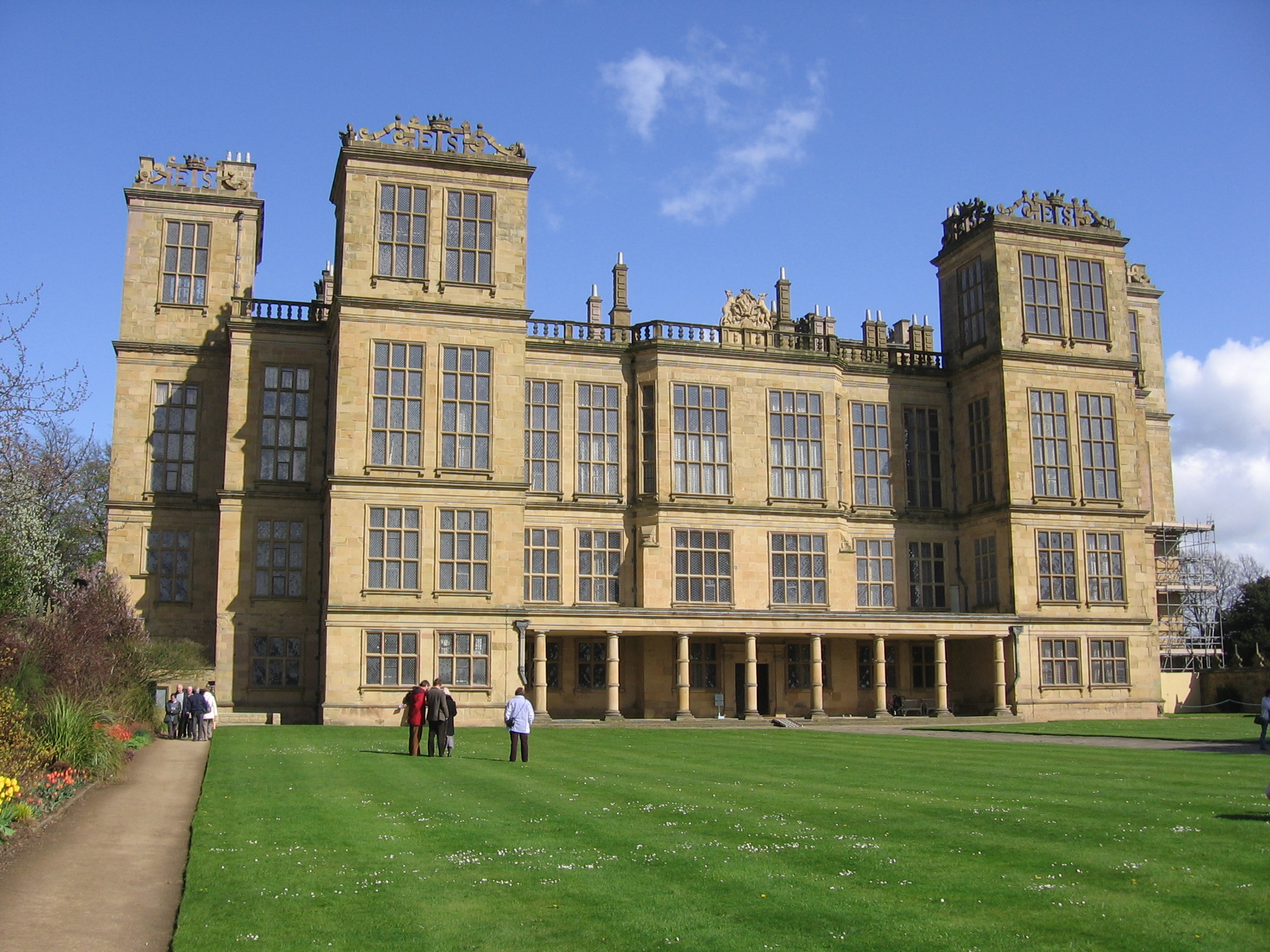
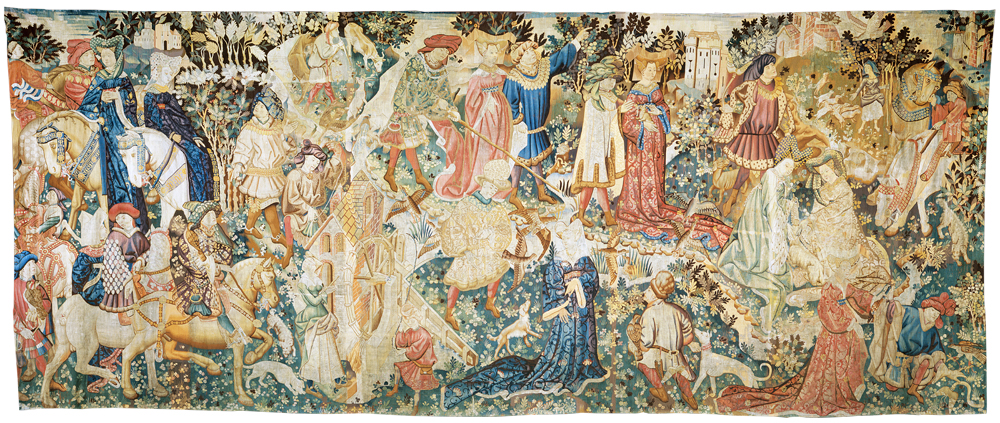

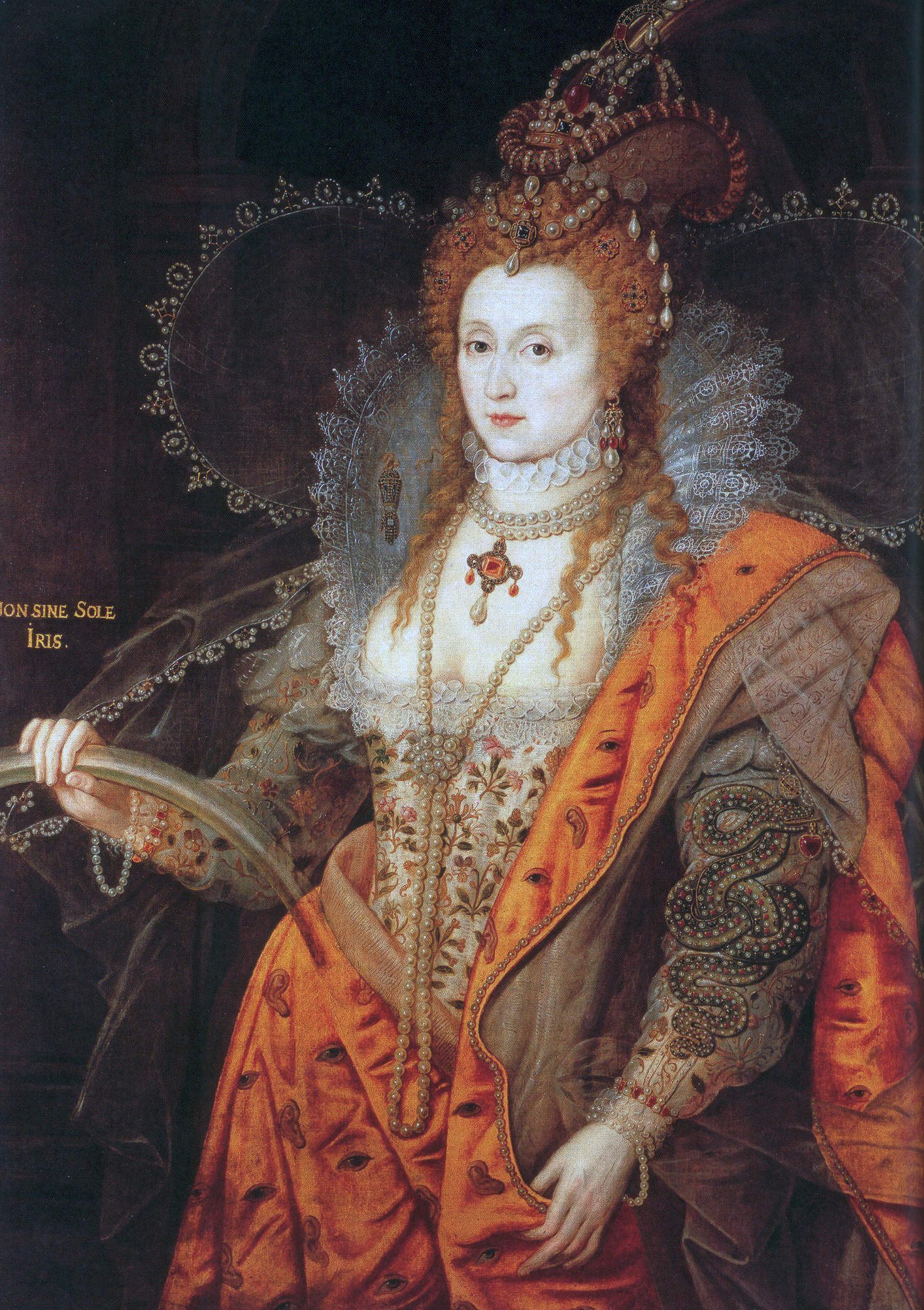
.jpg)






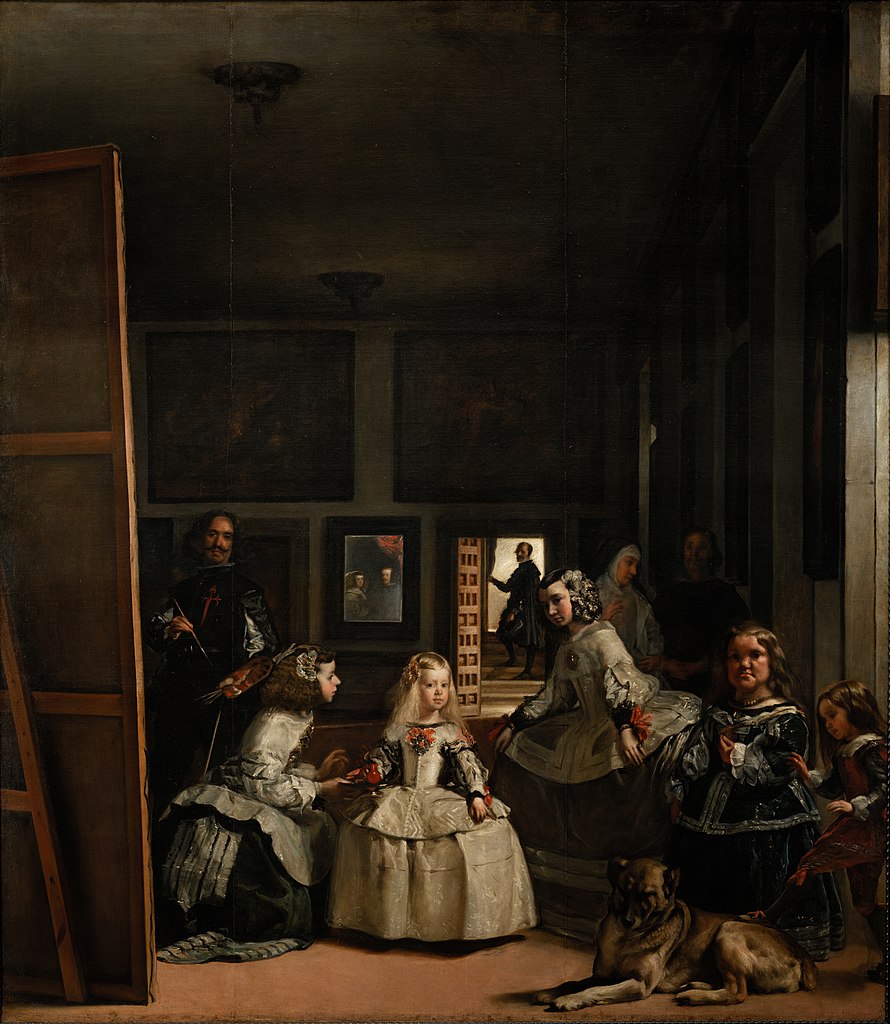


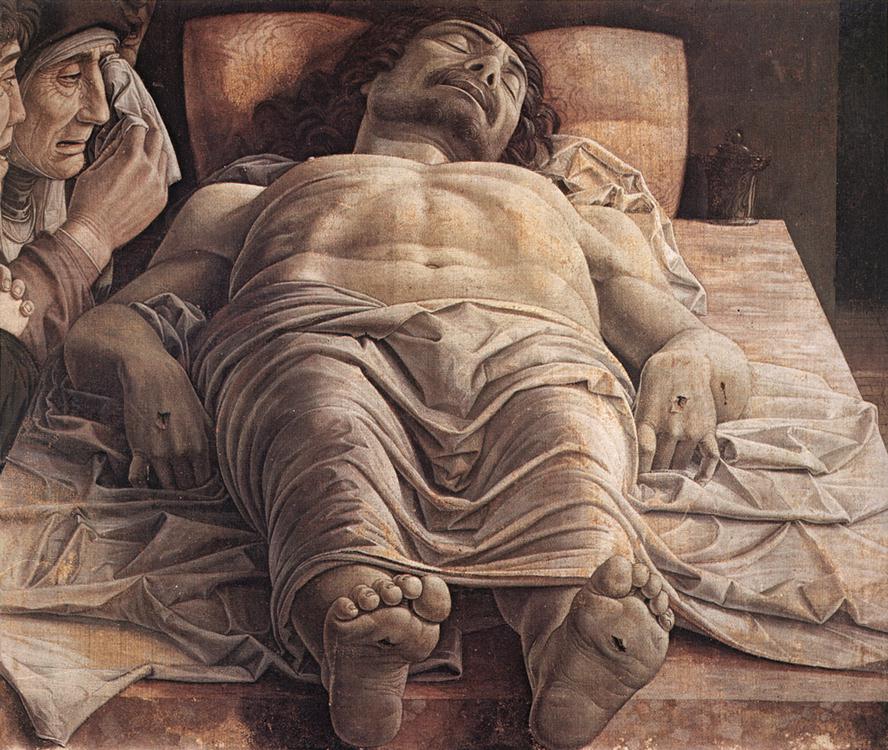
.jpg)
.jpg)
